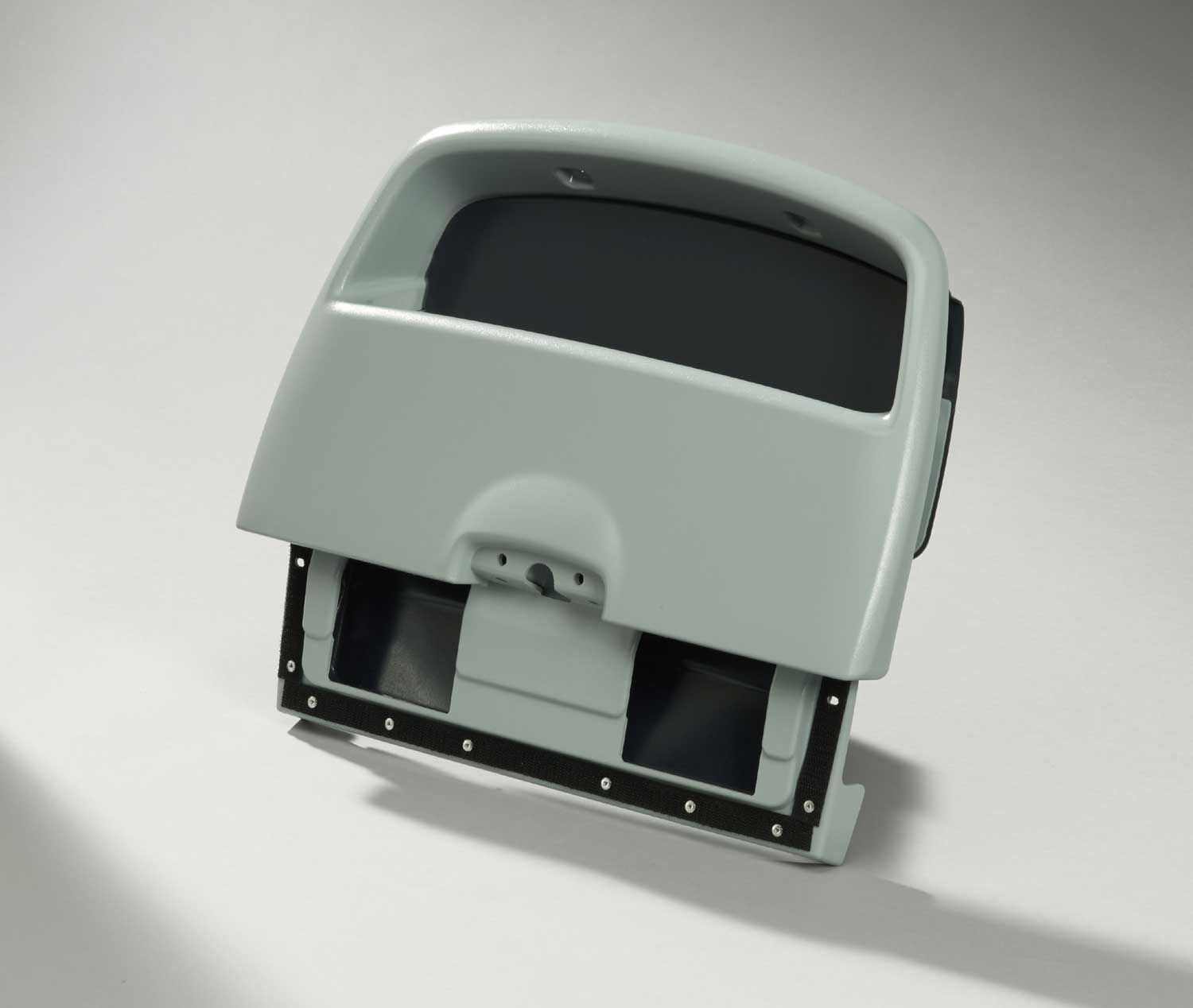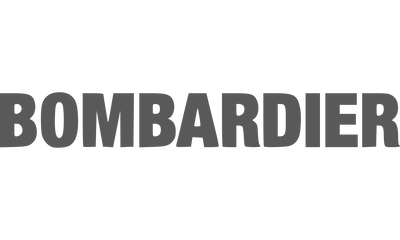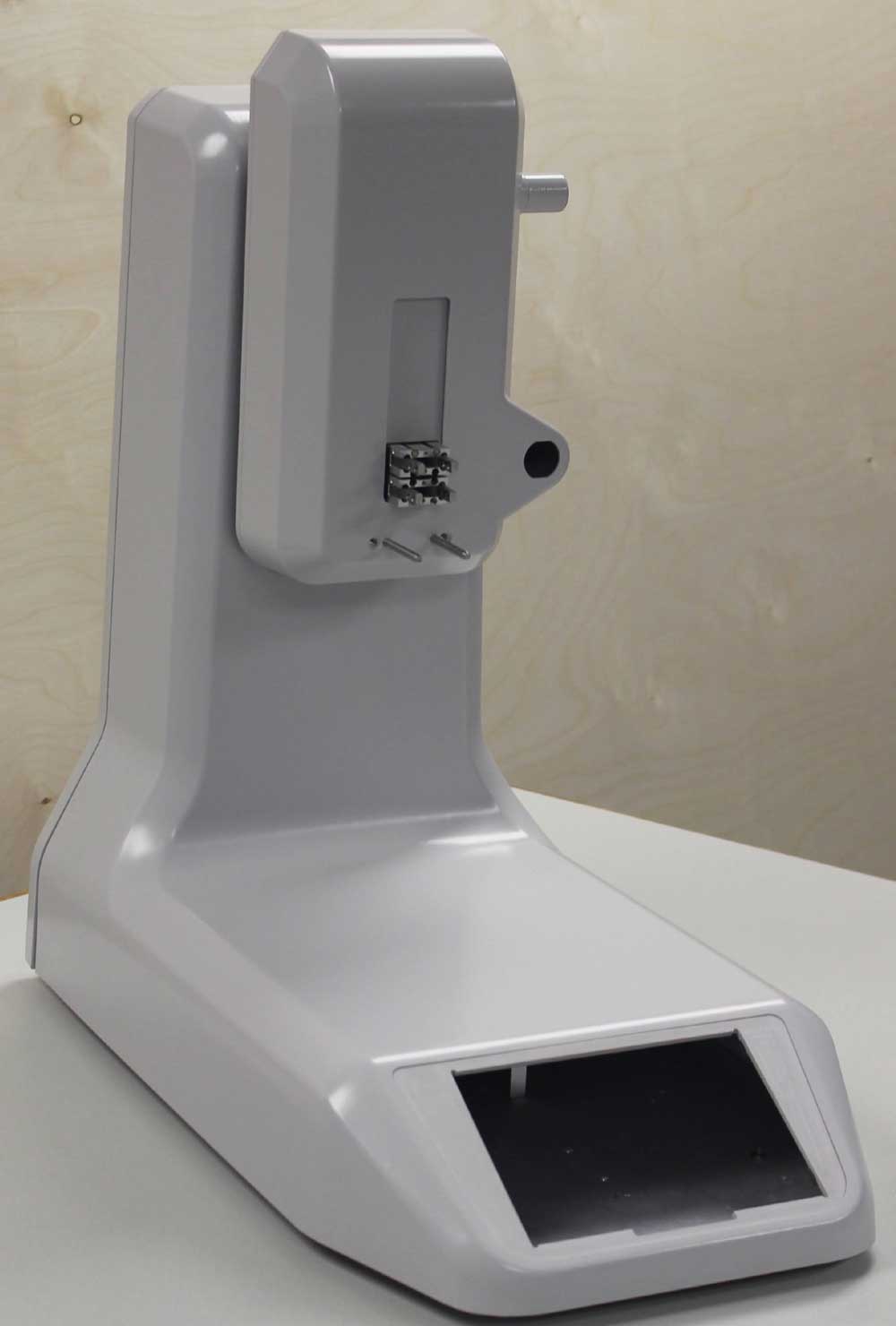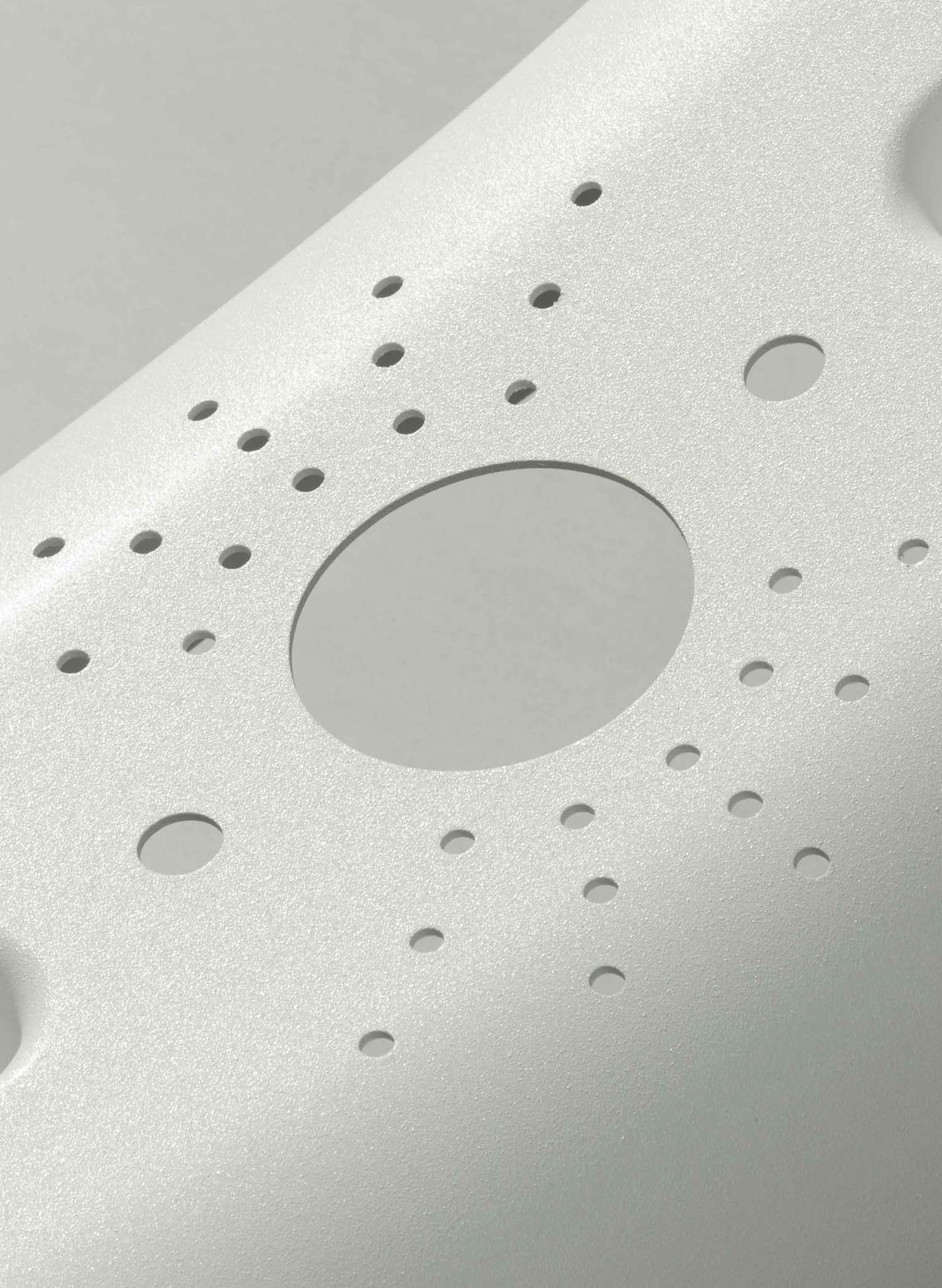What is Pressure Forming?

Pressure forming is a process where a plastic sheet is heated, placed over a mold, and air is evacuated from between the sheet and the mold. Air pressure is then applied from the opposite side of the sheet, highlighting the intricacies of the design details. This process gives your products an attractive finish, comparable to injection molding quality, but with added benefits.
TRUSTED BY LARGE AND SMALL ORGANIZATIONS WORLDWIDE






Advantages of Pressure Forming
Enduring Beauty – Pressure forming can produce sharp details, crisp lines, tight corners, and even embossed logos. The ability to selectively texturize parts adds a new dimension to your products, enhancing their visual appeal. Given that thermoformed plastic boasts a higher impact resistance than injection-molded parts, your creations can stand the test of time.
Cost-Effective Tooling – Tooling costs for pressure forming are significantly lower than for injection molding. This cost-effectiveness makes it an ideal choice for short to medium production runs, perfect for prototyping, market trials, and short life-cycle products. Moreover, producing multiple small parts from one tool adds to the savings, particularly for multi-part assemblies.
Quick Turnaround – With pressure forming, you can virtually cut tooling lead times in half compared to injection molding. This faster processing time enables you to meet your project deadlines more efficiently.
Design Flexibility – Unleash your creativity with pressure forming. This process allows for unique shapes and model geometry that may not be possible with traditional vacuum forming methods. The advanced CNC machining used in conjunction with pressure forming facilitates the inclusion of features such as vents, lips, or undercuts for seamless part integration. Also, deep drafts (hollowed-out areas in the plastic) offer added design flexibility. Combined with custom colors and painting technology, an endless palette of design options becomes available.

The Pressure Forming Process
The pressure forming process comprises a series of steps:
- Heating the Sheet: The process begins with heating a plastic sheet until it reaches a pliable state.
- Mold Placement: A mold, designed as per the desired product’s specifications, is placed under the heated sheet.
- Forming the Shape: The heated sheet is draped over the mold, and the air is evacuated from between the plastic sheet and the mold.
- Applying Pressure: Air pressure is applied from the opposite side of the sheet, forcing the material into the mold and capturing the design details with high precision.
- Cooling and Trimming: The plastic cools and hardens, retaining the shape of the mold. Once cool, the formed plastic is removed from the mold, and any excess material is trimmed.
The process allows for high-definition, aesthetic components to be created with greater efficiency and lower costs compared to traditional injection molding.
What do you need thermoformed?

Applications of Pressure Forming
The unique advantages of pressure forming make it suitable for a diverse range of applications across multiple industries:
- Medical Equipment: From surgical device housings to components for diagnostic machinery, pressure forming’s precision and quality finish make it suitable for medical equipment manufacturing.
- Automotive Parts: The process is used to create a variety of automotive components, such as dashboard assemblies, interior panels, and aesthetic coverings, thanks to its ability to form intricate shapes and durable parts.
- Consumer Electronics: Products like TV surrounds, computer housings, and other electronic device enclosures can be created with pressure forming, benefiting from its capacity for detailed design reproduction.
- Food Packaging: The technique can be used to create food-grade containers and packaging, which require precise shapes and high-quality finishes.
- Aerospace Components: Pressure forming is employed in the production of non-structural parts like seat components, overhead bins, and tray tables, offering lightweight yet durable solutions.
Pressure forming provides an optimal combination of design flexibility, cost-effectiveness, and production speed. It allows for the creation of customized, high-quality parts suitable for a variety of applications, meeting diverse industry needs.

